Ancient news stories
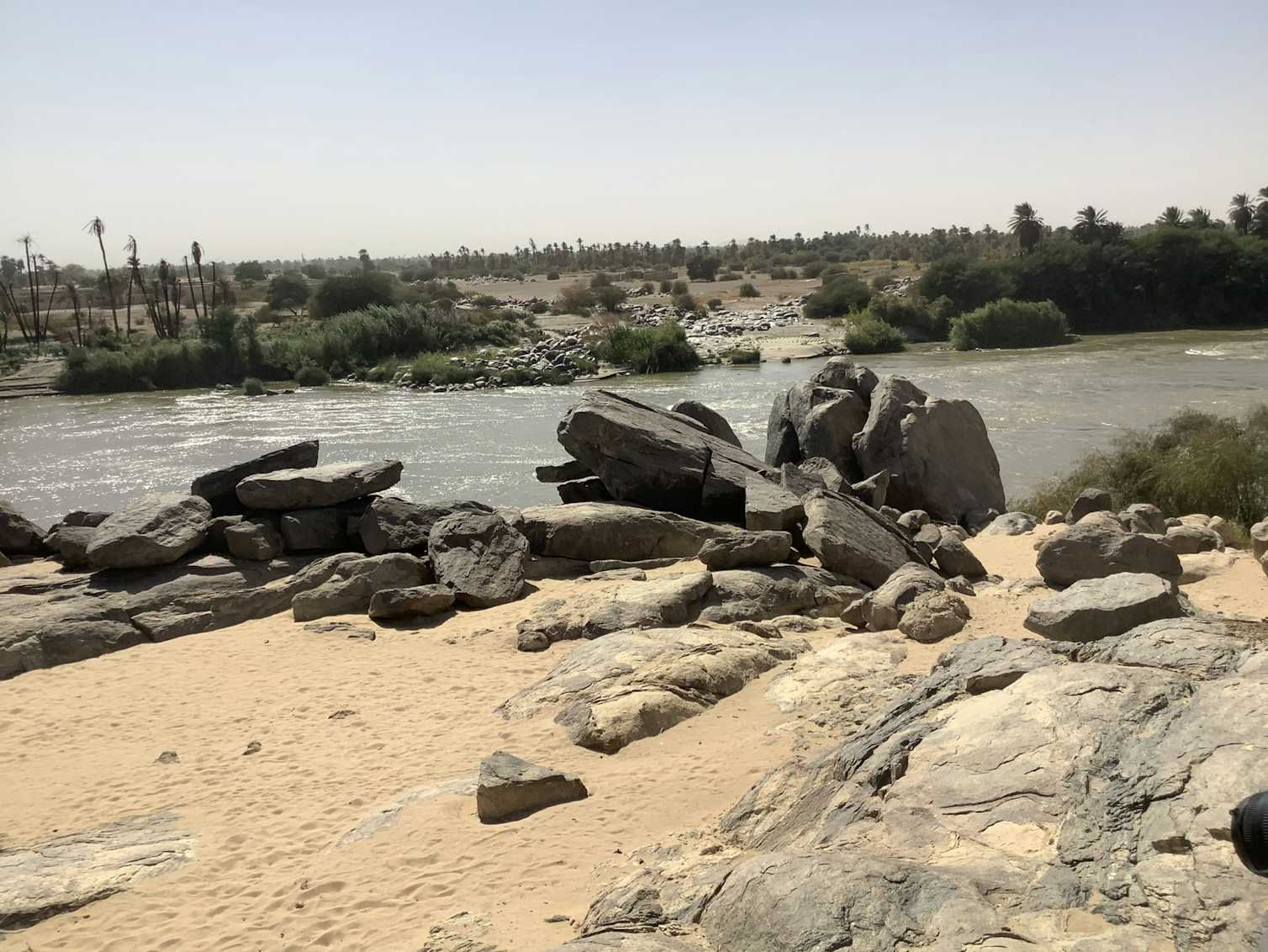
Circular mounds of rocks dot the desert landscape at the archaeological site of Tombos in northern Sudan. They reveal tumuli – the underground burial tombs used at least as far back as 2500 B.C. by ancient inhabitants who called this region Kush or Nubia.

On a remote peninsula in Western Australia, a 16-hour drive from the nearest city, 30,000-year-old faces stare at the rare visitor to this wild location.
Image from: Marius Fenger (Wiki Commons)

Unicorn-like imagery dates back to the Indus Valley Civilization (about 3300 B.C. to 1300 B.C.) in South Asia, which included parts of modern-day Afghanistan, Pakistan and India.
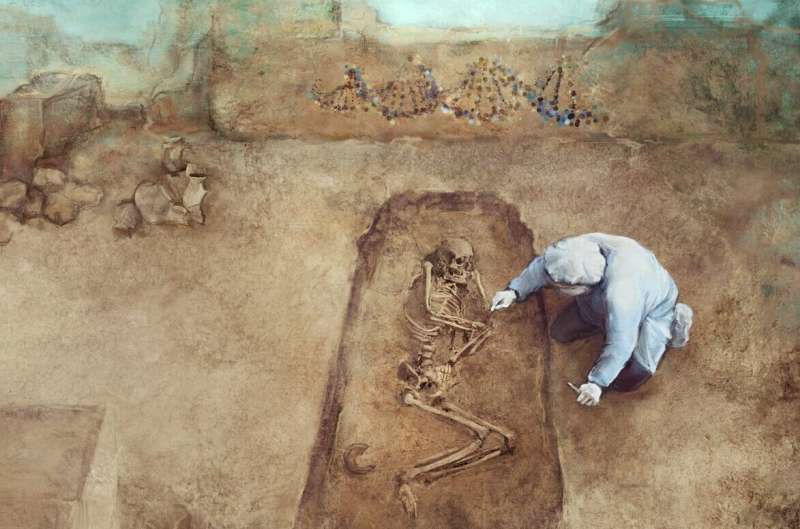
A combined study of genetics and skeletal remains show that the switch from primarily hunting, gathering and foraging to farming about 12,000 years ago in Europe may have had negative health effects as indicated by shorter than expected heights in the earliest farmers, according to an international team of researchers.
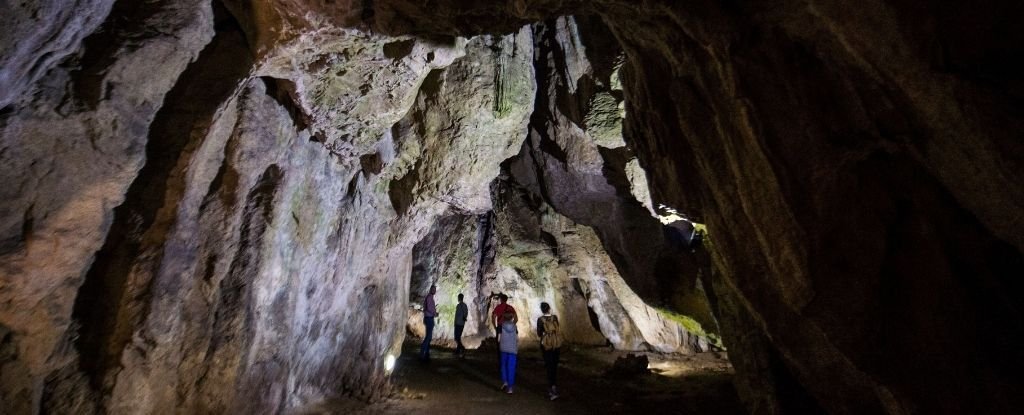
Last year, a genetic analysis of bone fragments representing our earliest known presence in Europe raised a few questions over the steps modern humans took to conquer every corner of the modern world.

A tsunami 3800 years ago devastated the coastline of Chile and encouraged hunter-gatherers to move inland, where they stayed for the next 1000 years.

Scientists have presented a stunningly preserved leg of a dinosaur. The limb, complete with skin, is just one of a series of remarkable finds emerging from the Tanis fossil site in the US State of North Dakota.
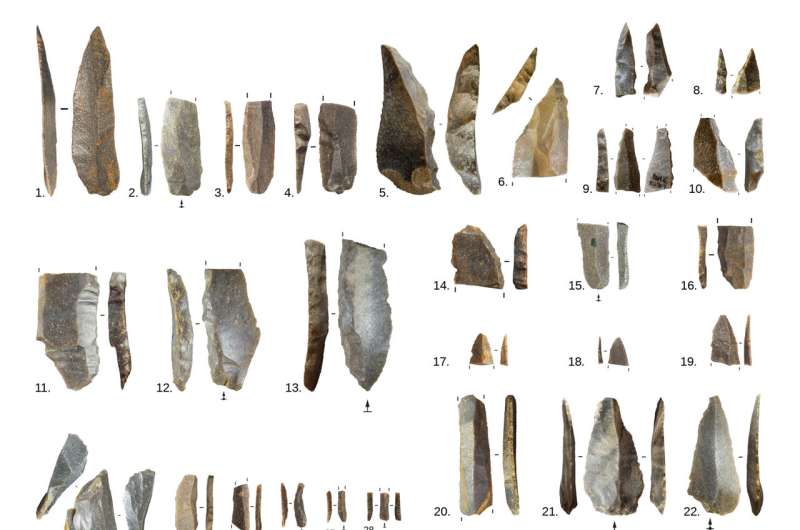
Neandertal populations in the Iberian Peninsula were experiencing local extinction and replacement even before Homo sapiens arrived, according to a study published March 30, 2022 in the open-access journal PLOS ONE by Joseba Rios-Garaizar of the Archaeological Museum of Bilbao, Spain and colleagues.

The most distant star ever seen has been captured by the Hubble space telescope in images that appear to give a remarkable glimpse into the ancient universe.

Helium-3, a rare isotope of helium gas, is leaking out of Earth’s core, a new study reports. Because almost all helium-3 is from the Big Bang, the gas leak adds evidence that Earth formed inside a solar nebula, which has long been debated.

Researchers have uncovered giant “mysterious” jars in India that may have been used for ancient human burial practices.
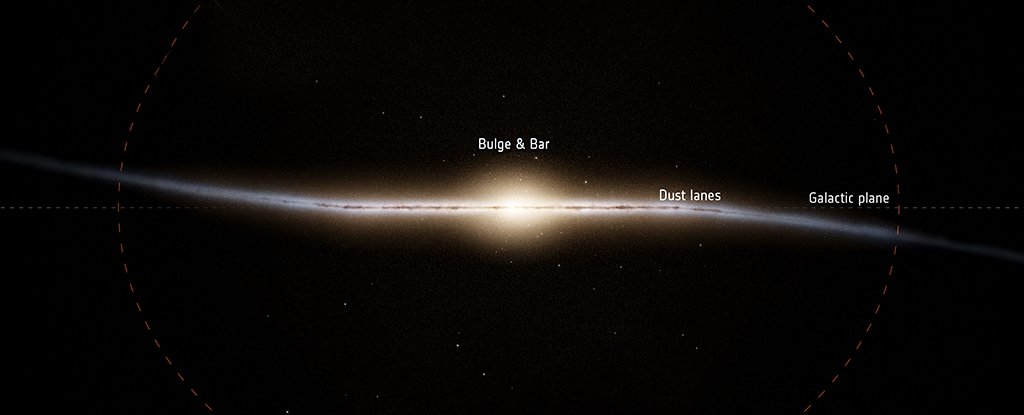
The Milky Way is older than astronomers thought, or part of it is. A newly-published study shows that part of the disk is two billion years older than we thought.

That’s according to researchers in Japan, who detailed their findings in two new papers presented at the 53rd annual Lunar and Planetary Science Conference in Texas, March 7 to 11, 2022.

The ancient tomb holds the remains of five people, including those of a woman and toddler who were buried with an array of grave goods, such as a crescent moon-shaped pendant, bronze mirror and gold earrings.
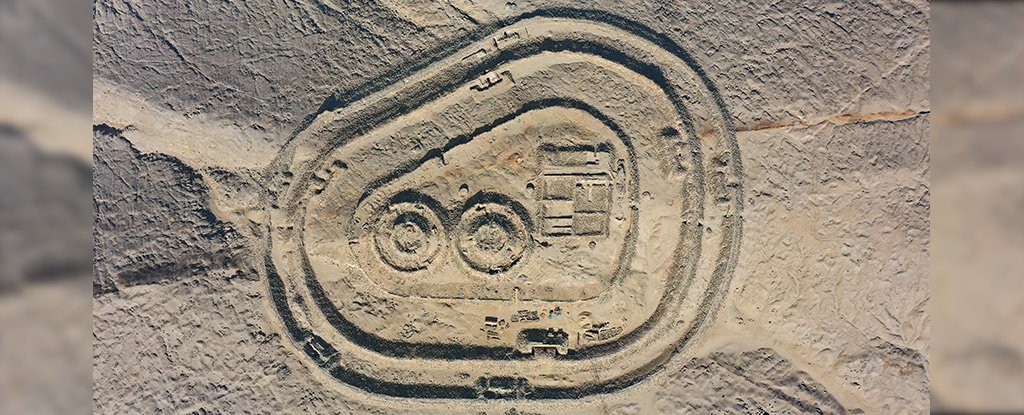
Long before the Incas rose to power in Peru and began to celebrate their sun god, a little known civilization was building the earliest known astronomical observatory in the Americas.
One of the most interesting things going on in Australian archaeology is the idea that Aboriginal food production systems may have involved domestication of some plant species. Was there some level of food production going on in Aboriginal groups that goes well beyond hunter-gathering?








